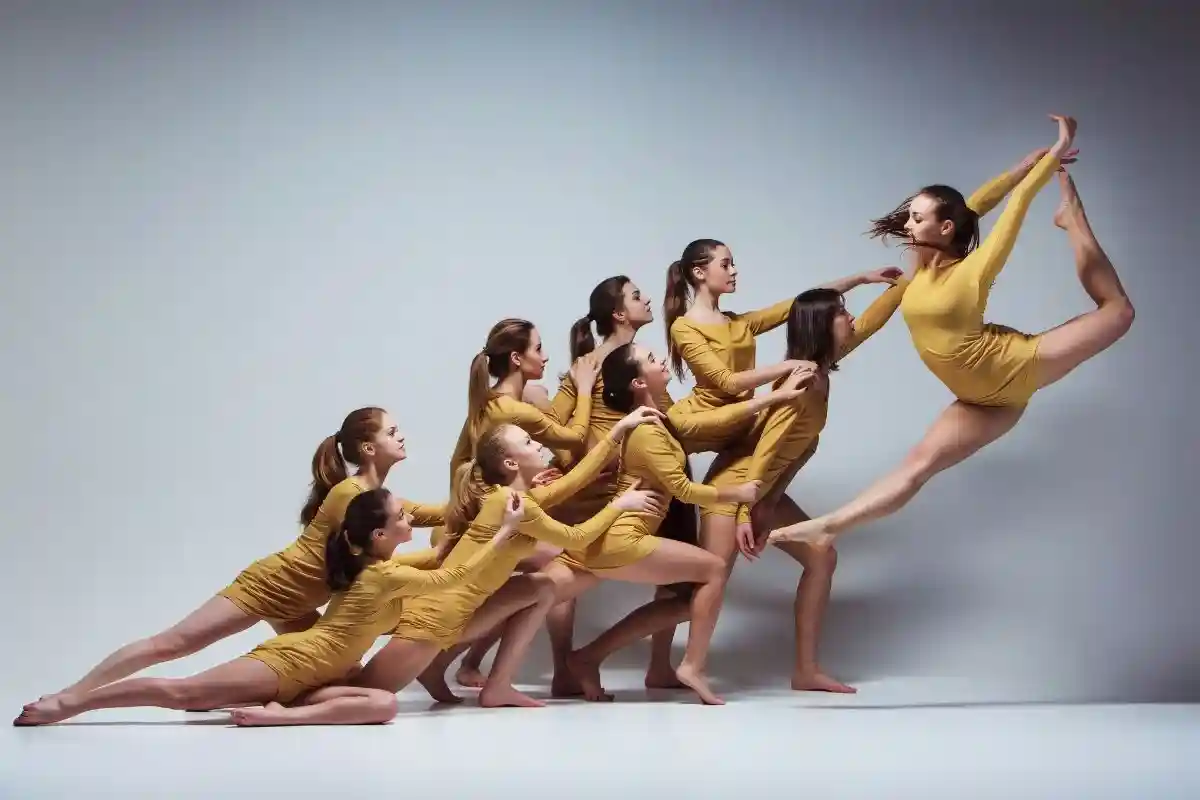The animation industry is a vibrant and dynamic field that offers a wide array of career pathways for individuals with a passion for creativity and storytelling. From traditional hand-drawn animation to cutting-edge computer-generated imagery (CGI), the industry presents exciting opportunities for professionals to showcase their talents and skills.
In this blog post, we will delve into the top 10 jobs in the dynamic animation industry, providing insights into the various roles available and the essential skills required to succeed in this competitive field.
1. Animator
Animators are the creative minds behind bringing characters and scenes to life through movement and expression. They use a combination of traditional and digital techniques to create animations that captivate audiences and effectively convey stories.
Animators can specialize in 2D or 3D animation, working in film, television, video games, and advertising. To excel as an animator, one needs strong artistic skills, a solid understanding of animation principles, and proficiency in animation software like Adobe After Effects, Autodesk Maya, or Toon Boom Harmony.
2. Storyboard Artist
Storyboard artists play a crucial role in the pre-production phase of animation projects. They visually interpret scripts and storylines, creating sequential drawings that outline the key elements of a scene, including framing, composition, and pacing.
Collaborating closely with directors and animators, storyboard artists ensure that the narrative flows smoothly and effectively communicates the story. Strong drawing skills, a good understanding of visual storytelling techniques, and proficiency in digital drawing software are essential for success in this role.
3. Character Designer
Character designers are responsible for creating the visual appearance of characters in animation projects. They develop concepts and designs that capture the personality, emotions, and traits of each character, ensuring they are visually appealing and distinctive.
Collaboration with animators, directors, and writers is crucial for character designers to bring characters to life in alignment with the project’s creative vision. Strong drawing skills, attention to detail, and adaptability to different animation styles and genres are key qualities for successful character designers.
4. Background Artist
Background artists create the environments and settings where animated characters exist. They design and paint backgrounds that enhance the storytelling and mood of a scene, establishing the visual context for the narrative.
A strong understanding of perspective, lighting, and color theory is essential for background artists to create immersive and visually compelling backgrounds that complement the animation. Proficiency in digital painting software like Adobe Photoshop or Corel Painter is a valuable skill for background artists working in digital animation.
5. 3D Modeler
3D modelers are tasked with creating three-dimensional models of characters, props, and environments for use in animated projects. Using specialized software such as Autodesk Maya, Blender, or ZBrush, they sculpt and texture 3D models, bringing them to life with intricate details and realistic textures.
Collaboration with animators and riggers ensures that models are optimized for animation and can move convincingly within a digital environment. Strong technical skills, an eye for detail, and a solid understanding of anatomy and texture are essential for successful 3D modelers.
6. Rigging Artist
Rigging artists create skeletal structures and controls that allow 3D models to move and animate realistically. They set up rigs for characters and objects, defining how they deform and behave during animation.
Rigging artists play a critical role in ensuring characters move fluidly and expressively, enhancing the overall quality of the animation. An understanding of anatomy, physics, and kinematics, as well as proficiency in rigging software like Autodesk Maya or Blender, are essential for success in this role.
7. Texture Artist
Texture artists apply textures and surface details to 3D models, bringing them to life with color, pattern, and material properties. Working closely with modelers and shader artists, they create realistic textures that enhance the visual quality of animated characters and environments.
A keen eye for detail and a strong understanding of texture mapping techniques are necessary for texture artists to create convincing and visually appealing textures. Proficiency in texture painting software such as Substance Painter, Mari, or Adobe Substance 3D Painter is crucial for success in this role.
8. Lighting Artist
Lighting artists set up and adjust lighting in animated scenes to create mood, atmosphere, and visual interest. Using lighting techniques like key lights, fill lights and rim lights, they enhance the depth and realism of animated environments and characters.
Collaboration with directors, art directors, and compositors is key for lighting artists to achieve the desired look and feel for each scene. A solid understanding of lighting principles, color theory, and composition, as well as proficiency in lighting software like Autodesk Maya, V-Ray, or Arnold, are essential for success in this role.
9. Compositor
Compositors integrate various elements, such as characters, effects, and backgrounds, into a cohesive and visually appealing final image. Using compositing software like Adobe After Effects, Nuke, or Blackmagic Fusion, they combine multiple layers of imagery, apply visual effects, and adjust colors and lighting to achieve the desired look.
Compositors play a significant role in the post-production phase of animation projects, ensuring all elements come together seamlessly to create a polished final product. Strong technical skills, a good eye for detail, and a solid understanding of compositing techniques are essential for success in this role.
10. Art Director
Art directors oversee the visual style and creative direction of animated projects. Working closely with directors, producers, and artists, they develop the overall look and feel of a project to align with the creative vision and objectives.
Providing guidance and feedback to artists and designers, art directors help bring ideas to life in a way that meets project requirements. Strong leadership skills, a keen eye for design, and effective communication with team members are essential for success as an art director.
Conclusion
In the dynamic animation industry, a diverse range of career pathways awaits individuals with a passion for creativity and storytelling. Whether aspiring to be an animator, storyboard artist, character designer, or any other role in the field, dedication, hard work, and continuous learning are key to a successful career journey in this exciting world of animation.
Key Takeaways:
- The animation industry offers diverse career pathways for creative individuals.
- Roles like animator, character designer, and more require strong artistic skills.
- Continuous learning and dedication are essential for success in animation careers.
Consider enrolling in Yellowbrick’s NYU Animation Industry Essentials course for further training and career advancement in the animation industry.




